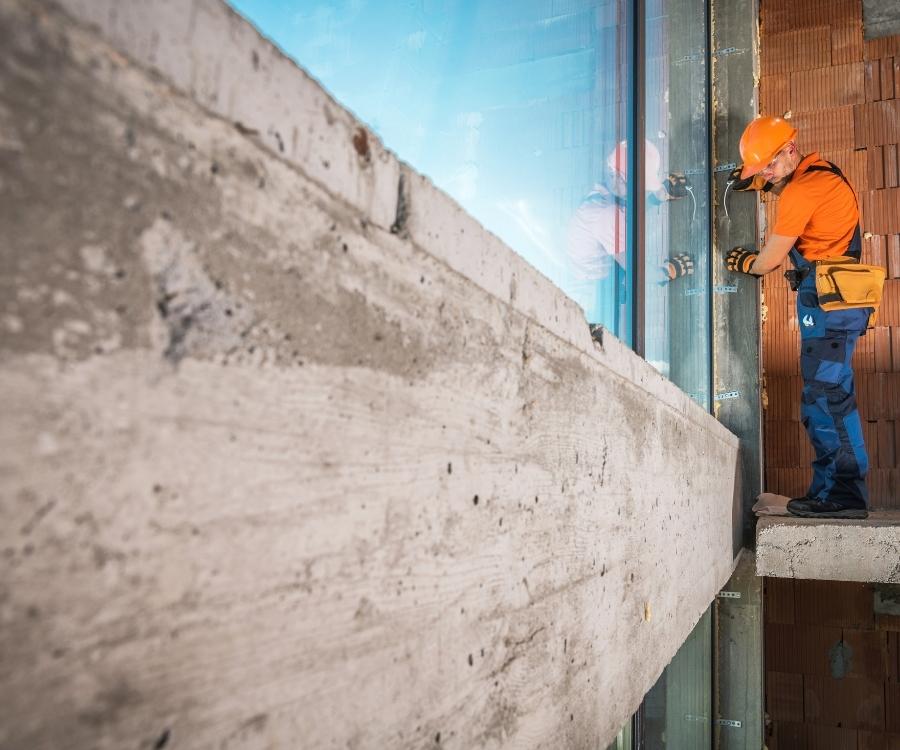One of the most important steps towards running a sustainable business is making sure that your energy efficiency is as good as it can be.
In short, that means making sure that you get as much use out of your energy consumption as you possibly can. Not only does that mean you’re not spending any more than you need to on energy – it’s also better for the environment, reducing your energy-related emissions.
There are many things to think about when assessing your commercial energy efficiency – here, we talk about a few of them, the steps you can take, and when to call in some support.
How is Commercial Energy Efficiency different from Domestic Energy Efficiency?
Typically, when dealing with commercial energy efficiency, you are dealing in much higher quantities of energy compared to the domestic market.
On top of that, many office buildings – especially older buildings – tend to be naturally less energy efficient than residential buildings, as they’re not necessarily designed to be lived in.
Whilst that may mean some older buildings are less efficient, it also often means that you can take a few simple and easy steps towards making your business more energy efficient before needing to bring in external support.
How can I improve my Commercial Energy Efficiency?
A lot of the things that you do to save energy at home can be applied to many commercial environments. Below, we list five easy steps to help you improve the energy efficiency of your business.
- Turn off appliances from the wall – When appliances are left plugged in with the wall switch on, they still draw power, even if the appliance itself is turned off. Various studies have shown that this can account for as much as 16% of your business’ energy bills. Encouraging colleagues to turn appliances off at the wall when they leave can significantly help to improve your energy efficiency.
- Check for drafts – If you want to make your business more efficient in terms of its heating, drafts will likely be your biggest challenge. Drafts are most likely to appear around windows and doors, but can appear anywhere there is a hole in the shell of your office. Locating drafts and then installing draft excluders is a simple job that can make a big difference!
- Look in to Double glazing – About 18% of your heat is lost through windows, so it’s worth making sure that they are as insulated as possible. Installing double glazing may seem expensive, but an average detached home will save £110 to £140 a year with double glazing, so it’s worth the investment.
- Upgrade your Appliances – A good further step towards energy efficiency in your business is to assess how efficient your electronics are. You can start with the big items in the office – like fridges or freezers. Then you can go on to things like light bulbs in the office. You can even check your computers and laptops for an energy efficiency rating! It’s worth keeping a track of the efficiency rating of all the appliances that your business purchases or uses – you can find more information on energy efficiency ratings here.
- Conduct an audit – Of course, once you’ve taken all of these steps, the next thing to do is take a more in-depth look at your energy consumption levels. By working with a professional sustainability consultant like those at Groundwork, you can take a more detailed, data-driven approach to help you make more meaningful changes to your energy efficiency.
What’s the next step for improving our Energy Efficiency?
Want to look a bit deeper to see where you can save money by saving energy?
Groundwork offers a wide range of services around energy efficiency, including carbon footprints and resource audits.
We can help you understand your energy consumption, and create an affordable, realistic action plan with you to help you become more energy efficient.
If you’d like to discuss this with one of our consultants, get in touch today.


